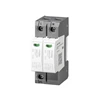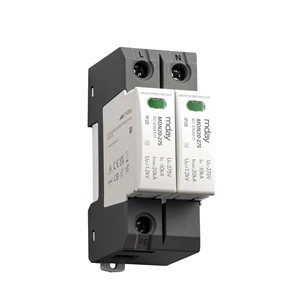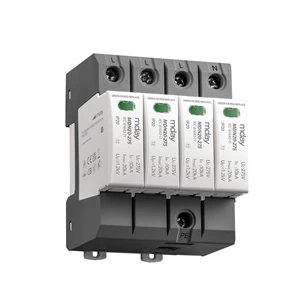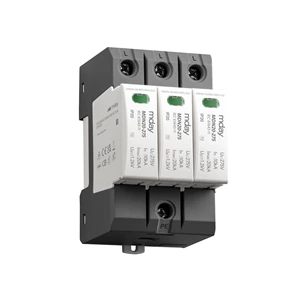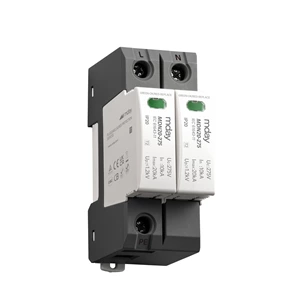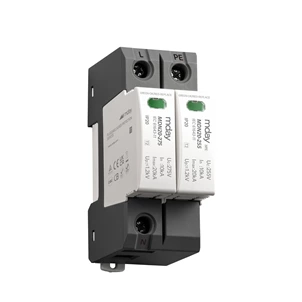Lightning Current Distribution And Power Line Protection: The Key Role Of Surge Protectors
The distribution of lightning current among various facilities entering the building is as follows: approximately 50% of the lightning current is discharged to the ground through external lightning protection devices, and the remaining 50% is distributed within the metallic materials of the entire system.The lightning current at this location is a 10/35μs current waveform. Regarding the distribution of lightning current among the various metallic materials: the amplitude of the lightning current in each part depends on the impedance and inductive reactance of each distribution channel. Distribution channels refer to metallic materials that may receive lightning current, such as power lines, signal lines, water pipes, metal structures, and other grounding elements. Generally, they can be roughly estimated based on their respective grounding resistance values. In cases where this is uncertain, it can be assumed that the resistances are equal, i.e., the current is distributed equally among the metallic conduits.
When overhead power lines are introduced, and these lines may be directly struck by lightning, the lightning current entering the building's protected area depends on the impedance and inductive reactance of the external leads, the surge protector discharge branch, and the user-side lines. If the impedances at both the inner and outer ends are the same, the power line is distributed to half of the direct lightning current. In this case, surge protection device must be used.




